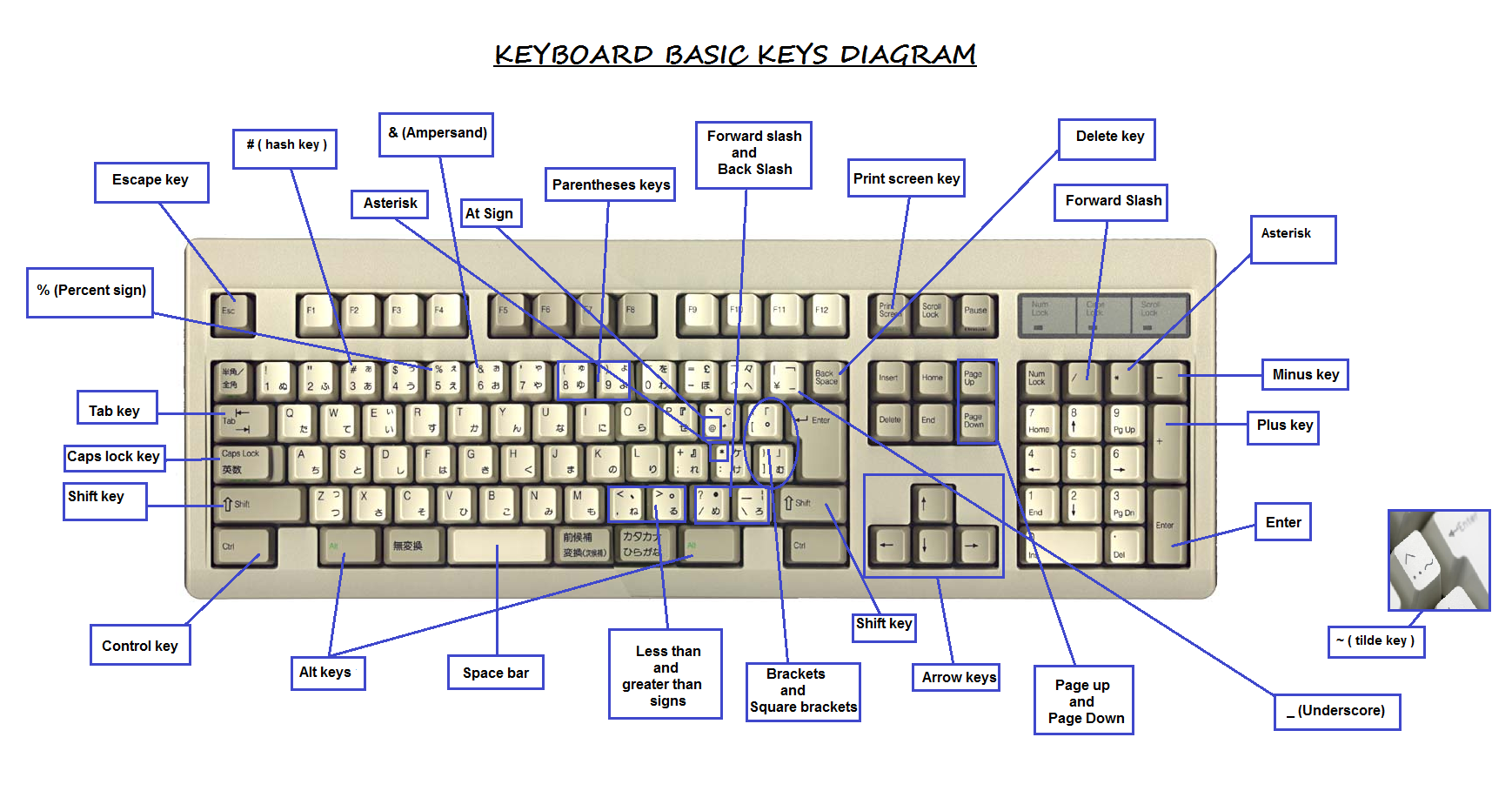General Functions
It provides a means for the machine to communicate with its external environment by accepting (or reading) data and the program.
- It converts the data based on the program into computer acceptable form through an input interface.
- It supplies the converted instructions and data to the computer system for further processing.
The very scope of computers is enough to understand that there is no limit to the form and type of data that serves as an input.
Sometimes the input is in the form of text in normal language, sometimes it is a picture, sometimes it is a voice input like a song.
Selection of an appropriate input device will improve efficiency and keep human interaction minimal.
Pointing Devices
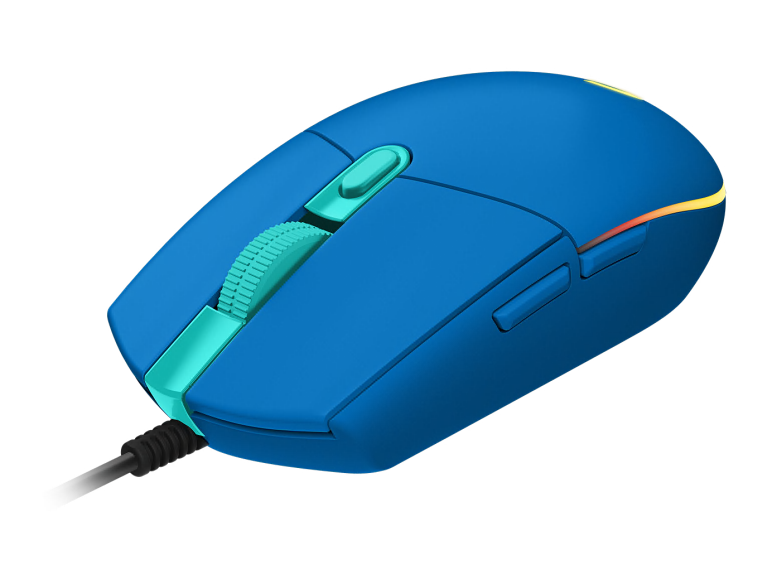
/windows10trackpad-5c66ae8bc9e77c0001e75c79.jpg)




Imaging & Video Input Devices

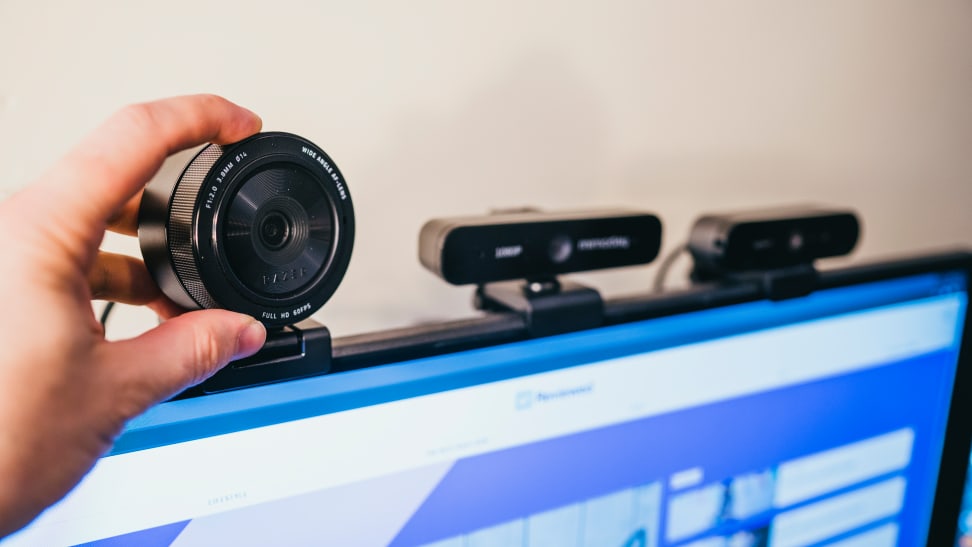
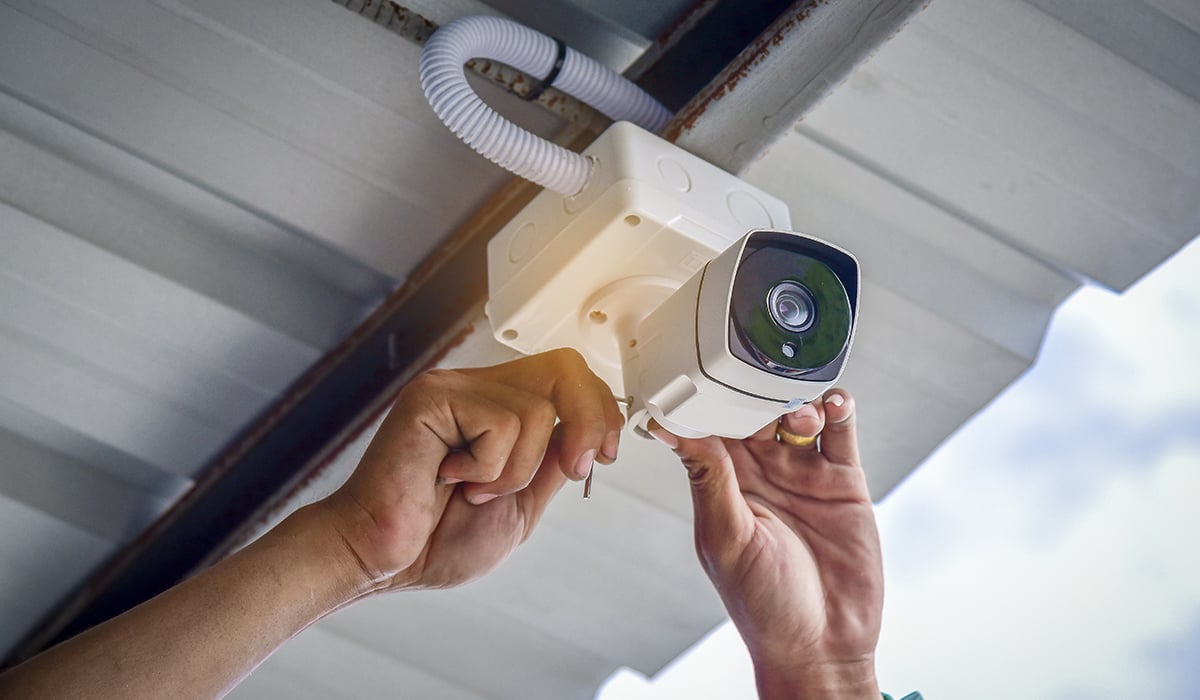
Scanners


| Flatbed Scanners vs Drum Scanners | |
|---|---|
| Line-at-a-time scanners | Flying-spot scanner |
| High end flatbeds scan at resolution range from about 1500 to 5400 dpi | Good drum scanners can resolve 8,000 to 11,000 dpi optically |
| Illuminate the original with a whole line of light at a time that lights up a long thin strip of the original | Illuminate the original with a tiny spot of light, which effectively flies across the original |
| Reasonable cost | Expensive |
| Smaller in size | Very large size |
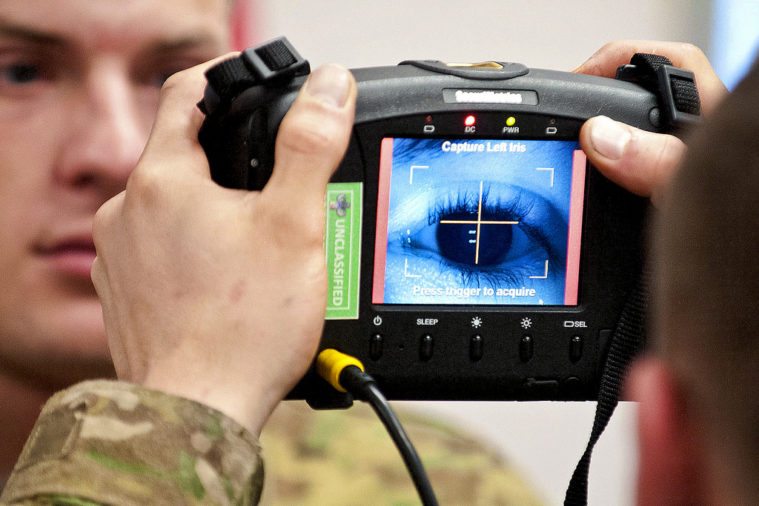
Retinal Scanners perform a retinal scan which is a biometric technique that uses unique patterns on a person's retinal blood vessels.
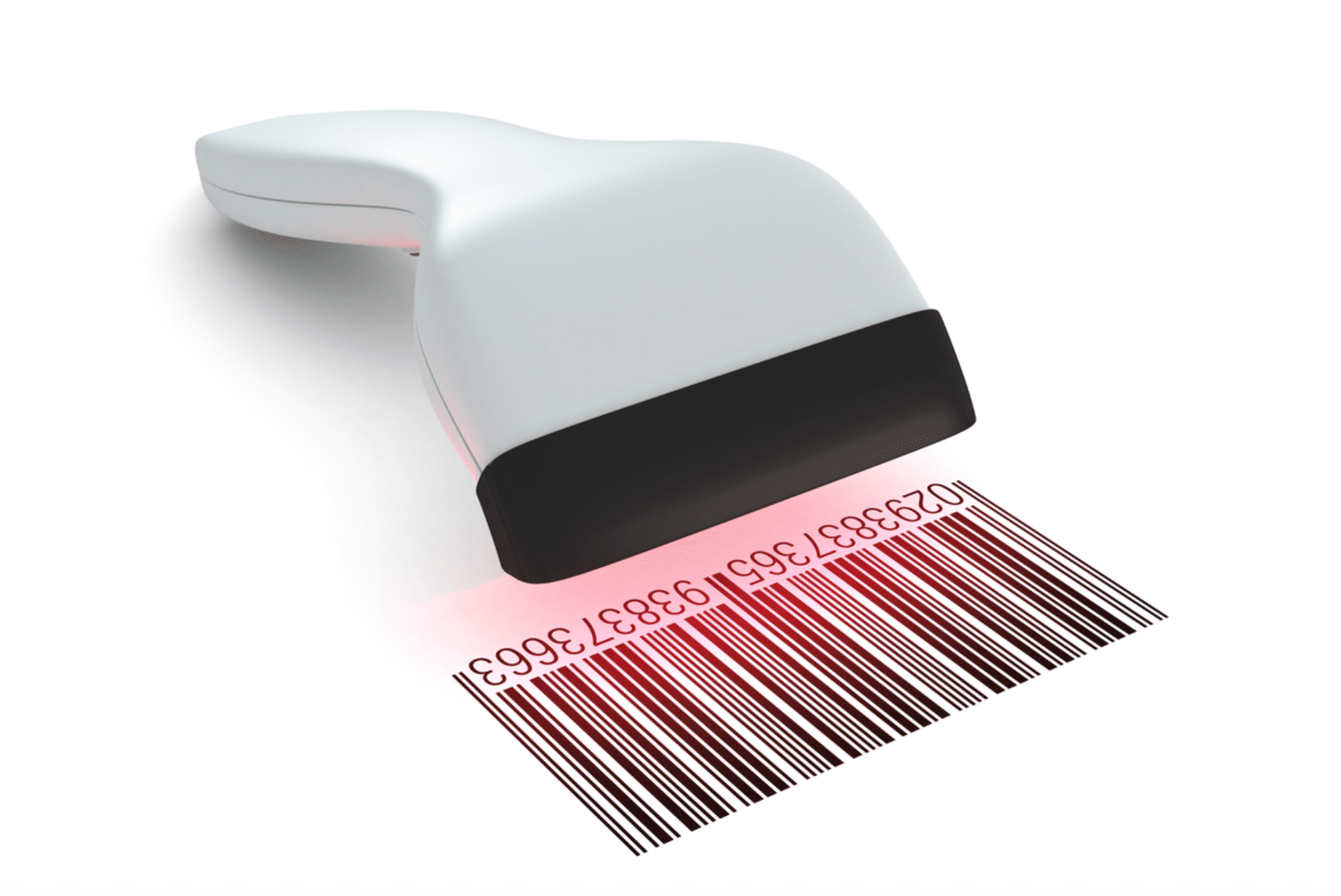
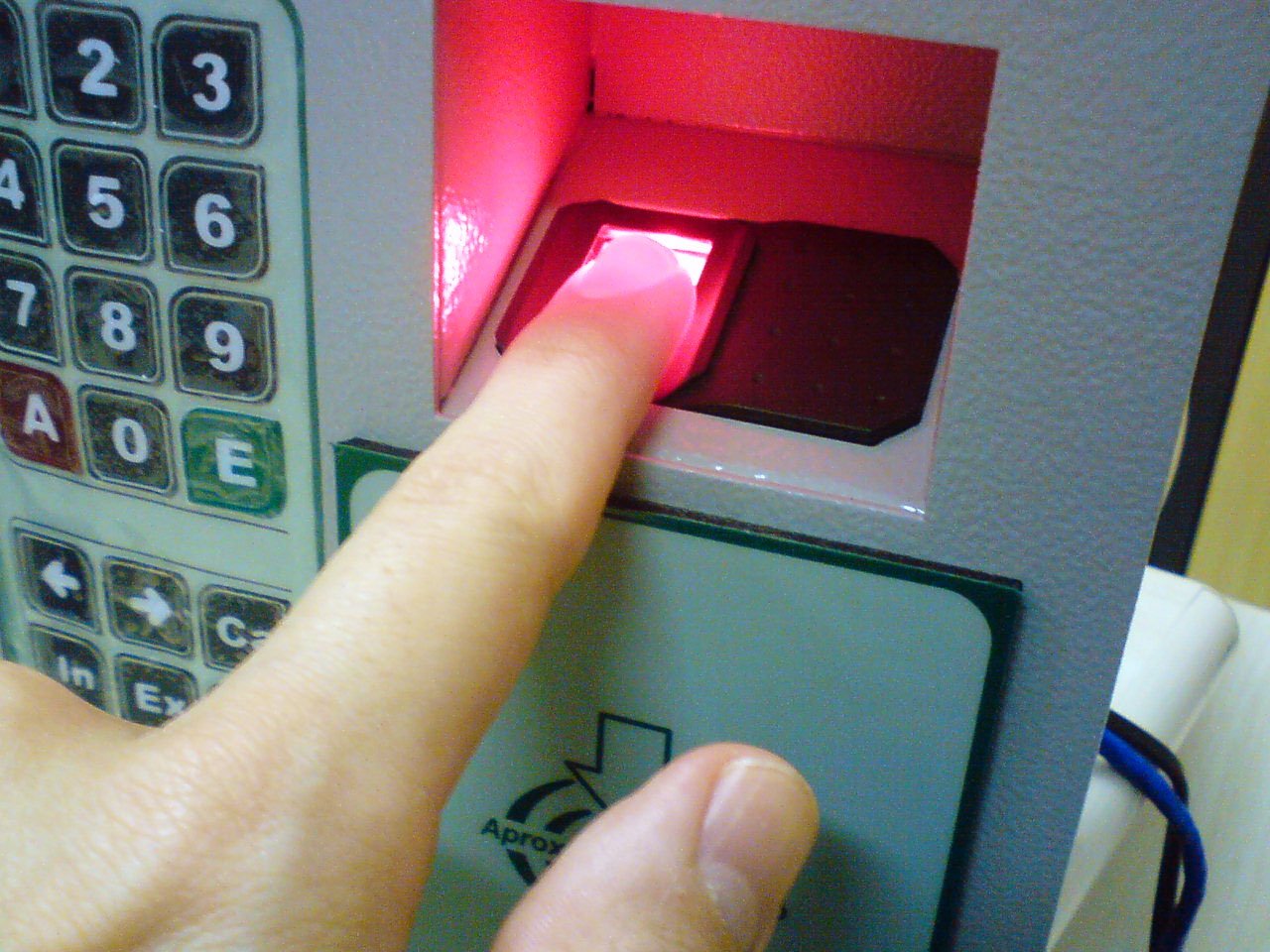

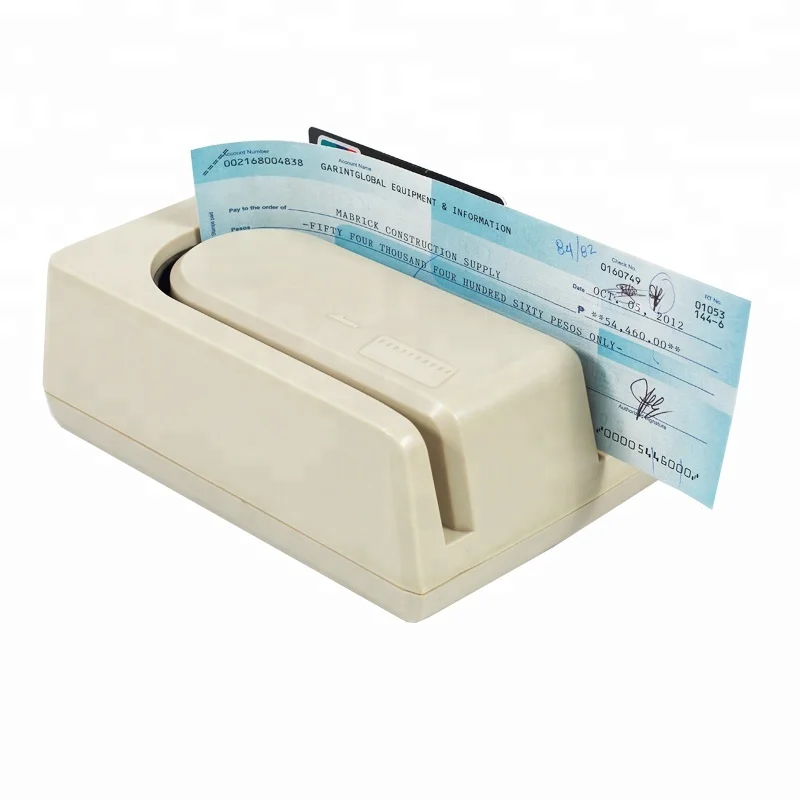


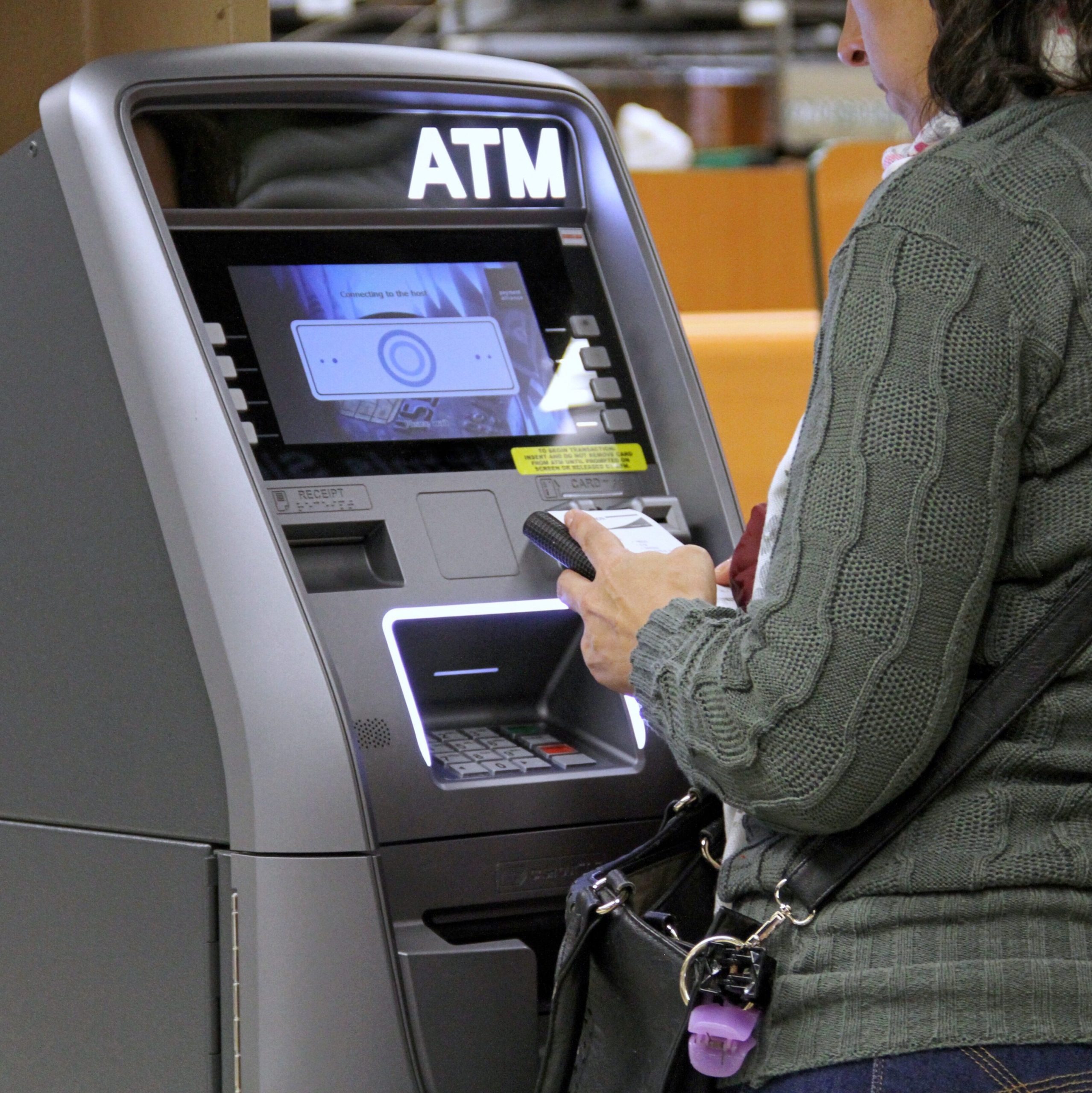
Other Input Devices
:max_bytes(150000):strip_icc()/SimbansPicassoTab-3b8d1cb15823446da7ae733783348b27.jpg)
Digitising Tablets are used by architects and engineers in Computer Aided Designing (CAD) for designing buildings, cars, mechanical parts, robots, etc. Moreover, they are used in the Geographical Information System for digitising of maps.
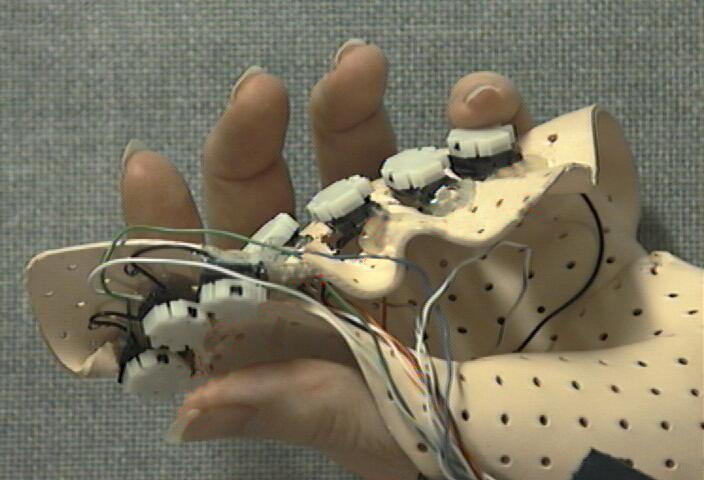
Keyers are the devices for signaling by hand, by way of pressing one or more switches. Modern keyers have a large number of switches but not as many as a full size keyboard. Typically, this number is between 4 and 50. A keyer differs from a keyboard, which has "no board", but the keys are arranged in a cluster.

